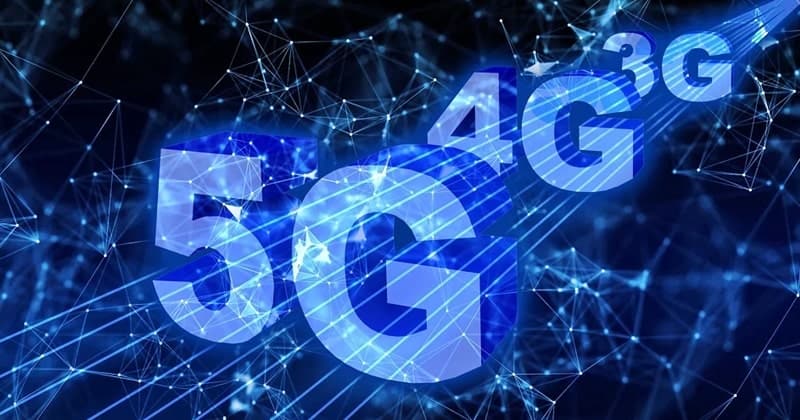Since its introduction, the idea of the fifth-generation wireless connectivity (5G) technology has made ripples across industries and economies. It has dominated tech headlines and prompted countless predictions on the future of connectivity and technology. Today, 5G technology is starting to become available in cities across the world. In this article, we’re going to look at what it means for consumers, industries, and economies today and in the future, as well as the challenges in its development.
For average tech users, 5G simply represents the promise of a better smartphone experience, faster data connection, and lower-latency connectivity. And this is apparent with smartphone manufacturers like Samsung and Realme launching product lines that support 5G connectivity. Similarly, phone carriers and broadband companies are starting to offer limited 5G connections in areas that support the technology.

But to fully understand the potential of this nascent technology, we have to look further into the future and the applications beyond the smartphone experience.
Connected cities, connected world
We’re at the cusp of a fourth industrial revolution, and the emergence of new technologies that are leading it are in need of radically new ways of connectivity. Once complete, the rollout of 5G represents an overhaul of communications infrastructure unlike any other – it will be the backbone of the new era of the digital revolution.
More than faster smartphone connections, what’s revolutionary about the next-generation wireless connectivity is that it enables better machine-to-machine communication. 5G will enable more advanced Internet of Things (IoT) use-cases like autonomous vehicles and smart cities. In fact, most of today’s developing 5G use cases are made for enterprises and industries.
With its capability of low-latency connections – almost real-time action-reaction transmission – 5G can allow for remote robotics and sensor-enabled drones in industries like agriculture.
It will also make edge computing possible. With 5G, powerful processing power will be brought near the consumers or end-users and turn heavy computing applications like virtual reality and augmented reality into lag-free experiences. Manufacturing robots will be able to coordinate with one another for construction, assembly, and other tasks anywhere and at any time.
Challenges and potentials ahead
But where the technology’s at right now barely scratches the potential gains of 5G. While devices and sensors today have become sleeker, faster, and more compact, manufacturers will need to up their game to stay ahead in a 5G-enabled world. As 5G uses millimeter waves, devices that are compatible with it need to use high-frequency compatible materials with finer interconnectors. As it is, some manufacturers today have made use of high-density interconnect (HDI) PCBs which accommodate more functions and capabilities for every unit area.
The materials for HDI need to be small and light, but also powerful – allowing for more diverse form factors in IoT devices and sensors. As the demand for 5G-enabled IoT in industries and consumer products increases, manufacturing will need to meet these new and challenging requirements to fulfill production goals.
Another huge challenge will be the infrastructure required to support 5G. Replacing the cable broadband with 5G requires gargantuan investments in new antennas and transmitters. This is because, despite the increased number of devices that can connect with the 5G network, its reach is far narrower than 4G transmission.
But this is changing too with the introduction of technologies like Massive multiple-input multiple-output (Massive MIMO) networks which makes it far more resistant to interference. Nevertheless, an infrastructure overhaul will be necessary.
As 5G continues to be rolled out and evolves, more use cases and challenges will pop up along the way. But from where it is right now, it’s clear that it has the potential to revolutionize the way people live and connect. Saying that 5G will be “disruptive” is already a massive understatement.



